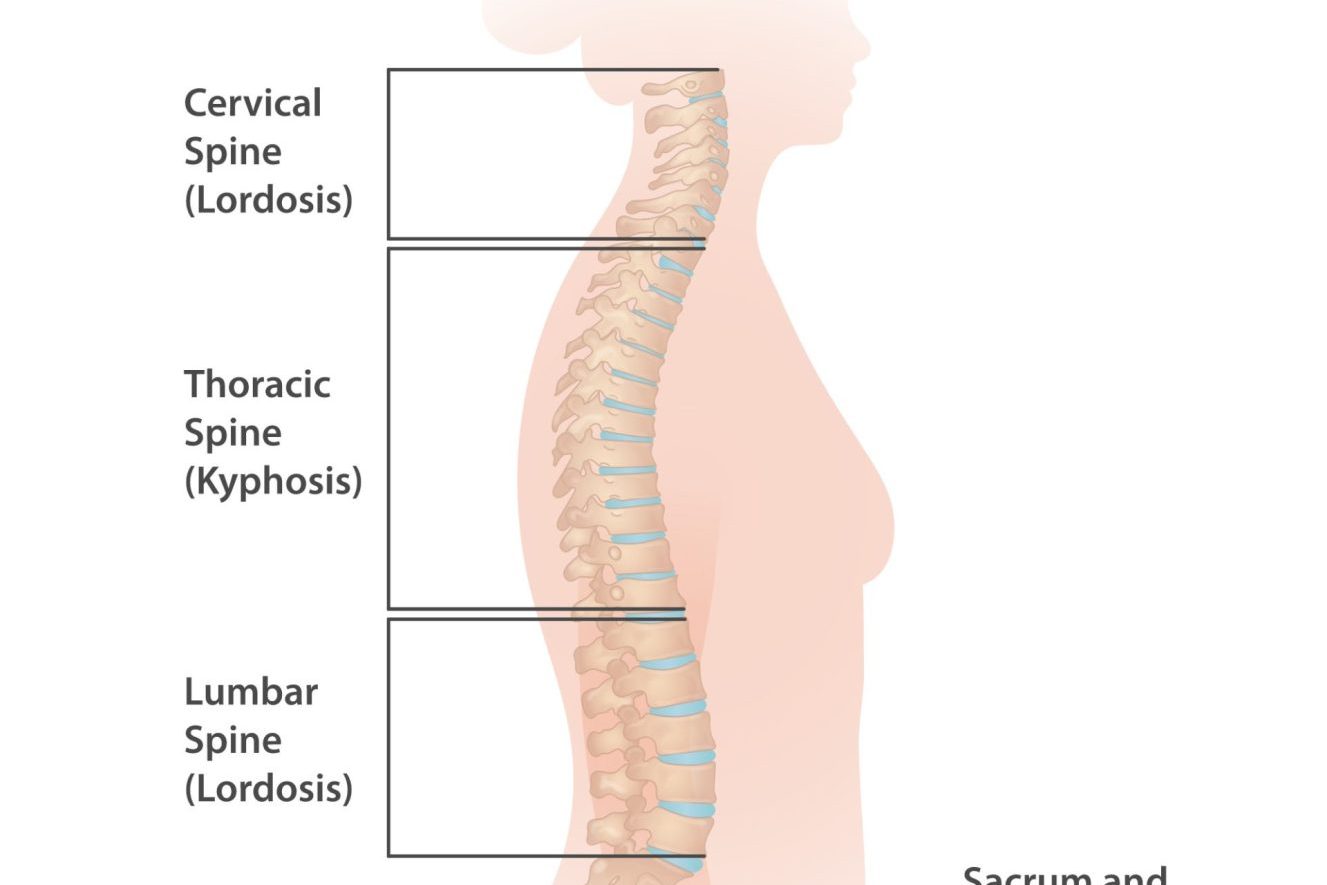Thoracic Facet Joint Sprain refers to an injury to the small joints located on the back of the spine in the thoracic (mid-back) region. These joints, known as facet joints, are responsible for providing stability to the spine and allowing for movement. A sprained facet joint can occur due to a variety of causes, such as a sudden twisting motion, overuse, or joint degeneration.
Symptoms of a thoracic facet joint sprain can include pain, stiffness, and limited range of motion in the mid-back region. The pain may be sharp or dull, and may be constant or intermittent. The pain may also refer to the chest, shoulder or arm.
Treatment for thoracic facet joint sprain typically involves physiotherapy, and self-management strategies. Physiotherapy can help to reduce inflammation and improve flexibility and strength in the thoracic region. In addition to physiotherapy, there are several self-management strategies that can help to reduce the symptoms of thoracic facet joint sprain. These include:
Stretching exercises: Gentle stretching can help to improve flexibility and reduce stiffness in the thoracic region.
Strengthening exercises: Strengthening exercises that target the back and chest muscles, can help to improve the stability of the thoracic region and reduce the risk of future injuries.
Good posture: Maintaining good posture can help to reduce the strain on the thoracic region and reduce the risk of injury.
Hot and cold therapy: Applying heat or cold to the affected area can help to reduce pain and inflammation.
Applying the 5 stages of rehab to thoracic facet joint sprain.
Pain – Pain and symptom reduction is best achieved by reducing pressure through the facet joint. This may mean treatment is focused on other tissues to reduce load through the joint and improve flexibility of the surrounding tissues. In some cases medications may be required to reduce inflammation around the joint.
Range of motion – Compression of the thoracic facet joint will result in reduced mobility and flexibility. Treating the underlying cause, reducing pressure along the path of the joint, and practicing exercises to improve mobility and range of motion, will help improve mobility and regain full range of motion.
Motor control – Learning to control where movement occurs and to maintain good posture under high loads reduces pressure through the thoracic facet joint. Most episodes of thoracic facet joint sprain are associated with incorrect load distribution; causing excessive load to pass through one joint.
Strength – Strength training of the muscles and other soft tissues surrounding the thoracic facet joint builds a capacity to tolerate higher functional demand and withstand higher loads.
Maintain – Maintaining range of motion, motor control and strength gains will help protect the spine, including the thoracic facet joints from future injuries.


